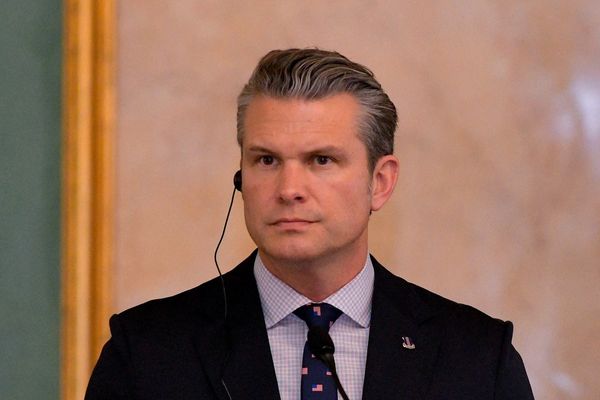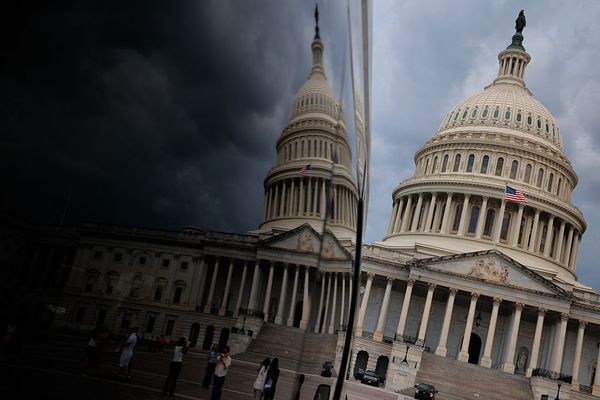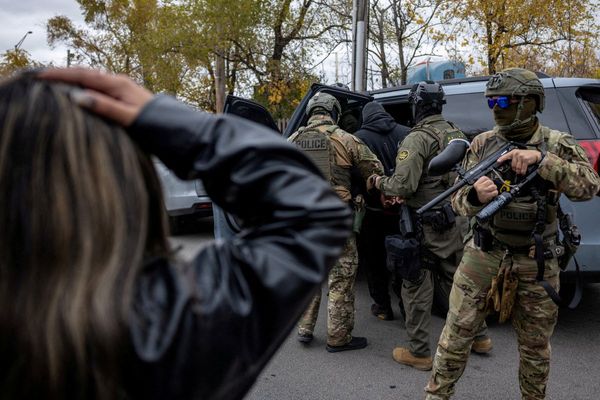In March 1959, the 14th Dalai Lama left the Tibetan capital of Lhasa in the dead of night to flee from Mao Zedong’s communist regime. Over the course of the next seven decades, the Dalai Lama has inspired generations of Tibetans in exile, as first the political, and then the spiritual, leader of Tibetan Buddhism.
Born with the name Lhamo Dhondup on 6 July 1935, the Nobel Peace Prize winner has become synonymous with his stateless people’s struggle in exile, and the arrival of his 90th birthday this month has left many of his followers considering what will happen after his death.
The Dalai Lama has himself repeatedly questioned whether the institution he embodies should continue at all after he dies. On Wednesday he provided some long-awaited clarity on the matter, giving a video address declaring that he would indeed be reincarnated, and that his trust of advisers would be tasked with identifying his successor.
That still leaves a number of vital questions: who will be the next Dalai Lama, how will they be appointed, and what will happen when – inevitably – the Chinese government names its own rival successor to the position?
The Independent put those questions to Penpa Tsering, the sikyong, or president, of the Tibetan government-in-exile based in Dharamshala, India – a position created in 2011 when the Dalai Lama decided to divest himself of political leadership and focus on spiritual matters.
“Within the Tibetan community, there’s not much anxiety, in the sense that His Holiness keeps reassuring us that he will live for another two decades and more,” said Tsering.
“There are a lot of questions being asked about his reincarnation, which is an awkward position for us. On one hand, His Holiness keeps saying, ‘I’ll live for two decades and more.’ On the other hand, we keep [being reminded] about his reincarnation as if he’s going to leave the world tomorrow,” he added.
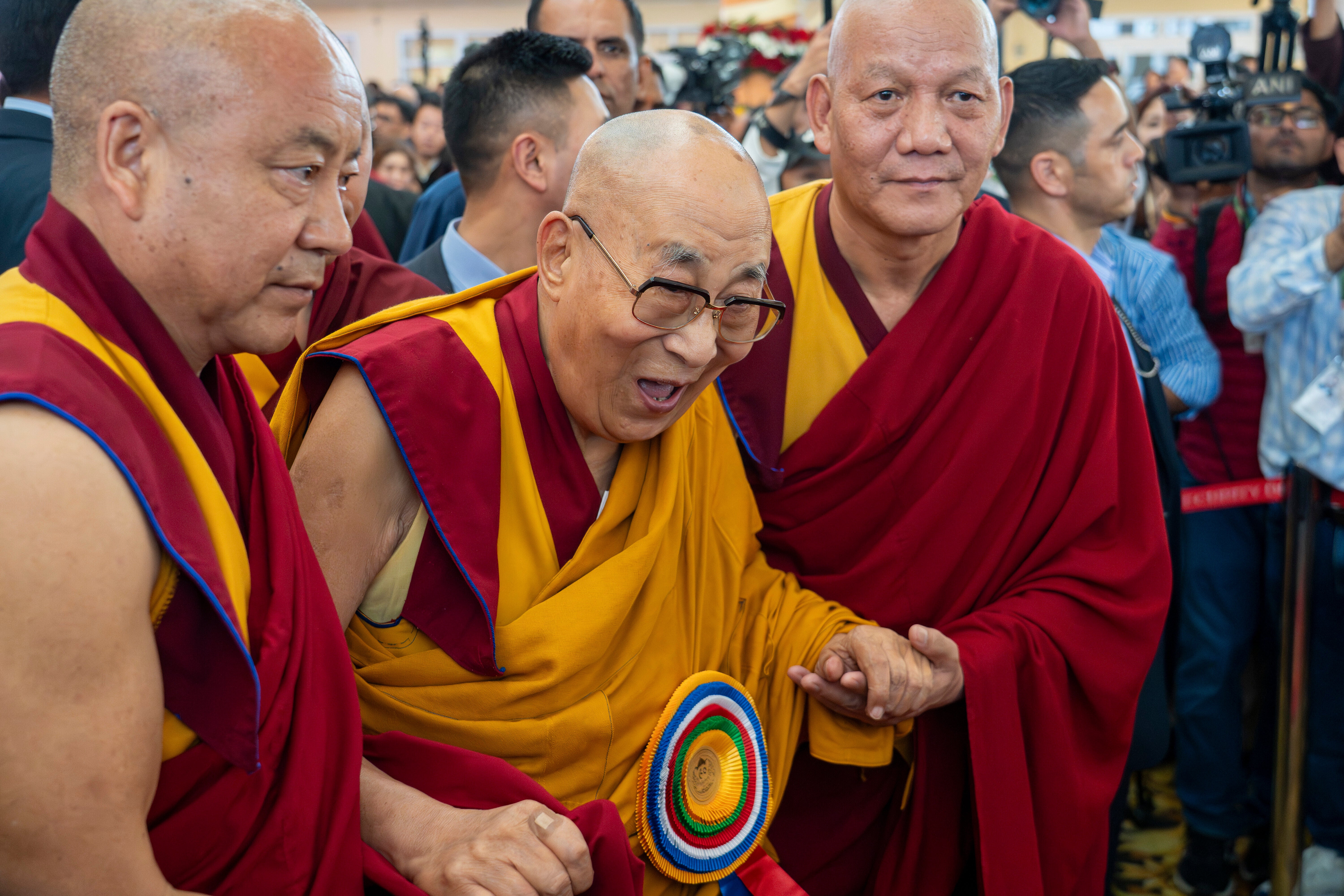
The present Dalai Lama was not identified by Tibetan spiritual leaders until he was two years old, when he was discovered on a small farm in northeastern Tibet. There, according to his office, a search party looking for the new Dalai Lama found a small boy who not only appeared to recognise them, but also picked out items belonging to the 13th Dalai Lama from a lineup.
As a teenager, the Dalai Lama was forced to assume a political role shortly after China took control of Tibet in 1950 in what it called a “peaceful liberation”. Nine years later, a major rebellion and a subsequent crackdown by the Chinese army prompted the Dalai Lama to escape disguised as a common soldier from the palace in Lhasa where his predecessors had held absolute power.
The Dalai Lama reached India at the age of 24 and was allowed to settle in the Himalayan town of Dharamshala, where he established a government-in-exile for ordinary Tibetans, with an elected parliament.
He has since advocated a non-violent “Middle Way”, seeking autonomy and religious freedom for Tibetan people within China, and was awarded the 1989 Nobel Peace Prize for his efforts. But his popularity has become a challenge for successive Chinese government leaders, from Mao through to president Xi Jinping, who describe him as a separatist or “splittist” and a “wolf in a monk’s robes”.
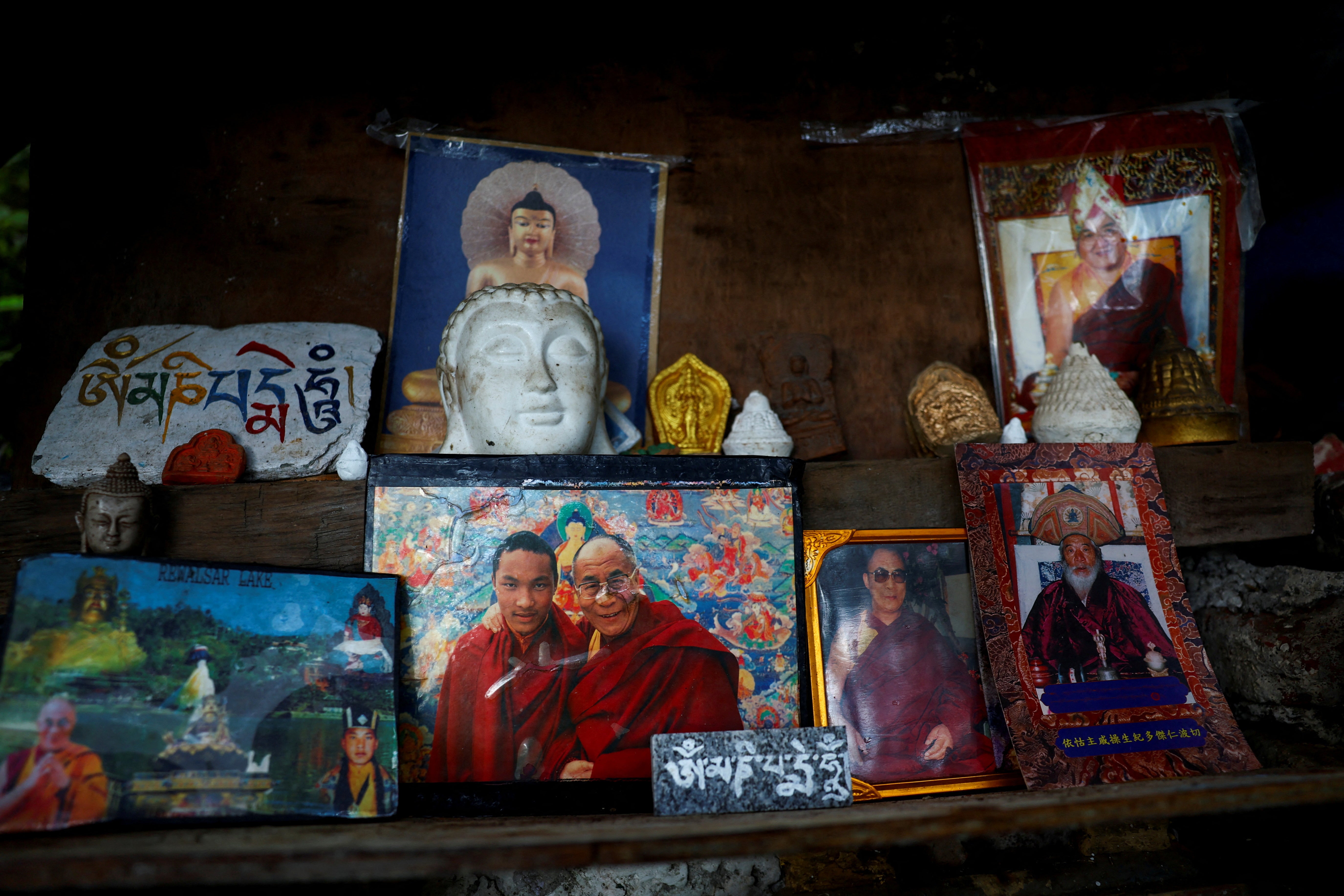
“The issue of Tibet remains unresolved, while my homeland is still in the grip of repressive communist Chinese rule,” the Dalai Lama wrote in his latest book Voice for the Voiceless.
Documenting his decades-long struggle with China, he wrote: “Given that ours is a struggle of people with a long history of distinct civilisation, it will, if necessary, continue beyond my lifetime.”
The Dalai Lama has emphasised that his successor, whether a man or a woman, will be born in a “free” country – in other words, outside China – and most likely among the estimated 140,000 Tibetans living in exile.
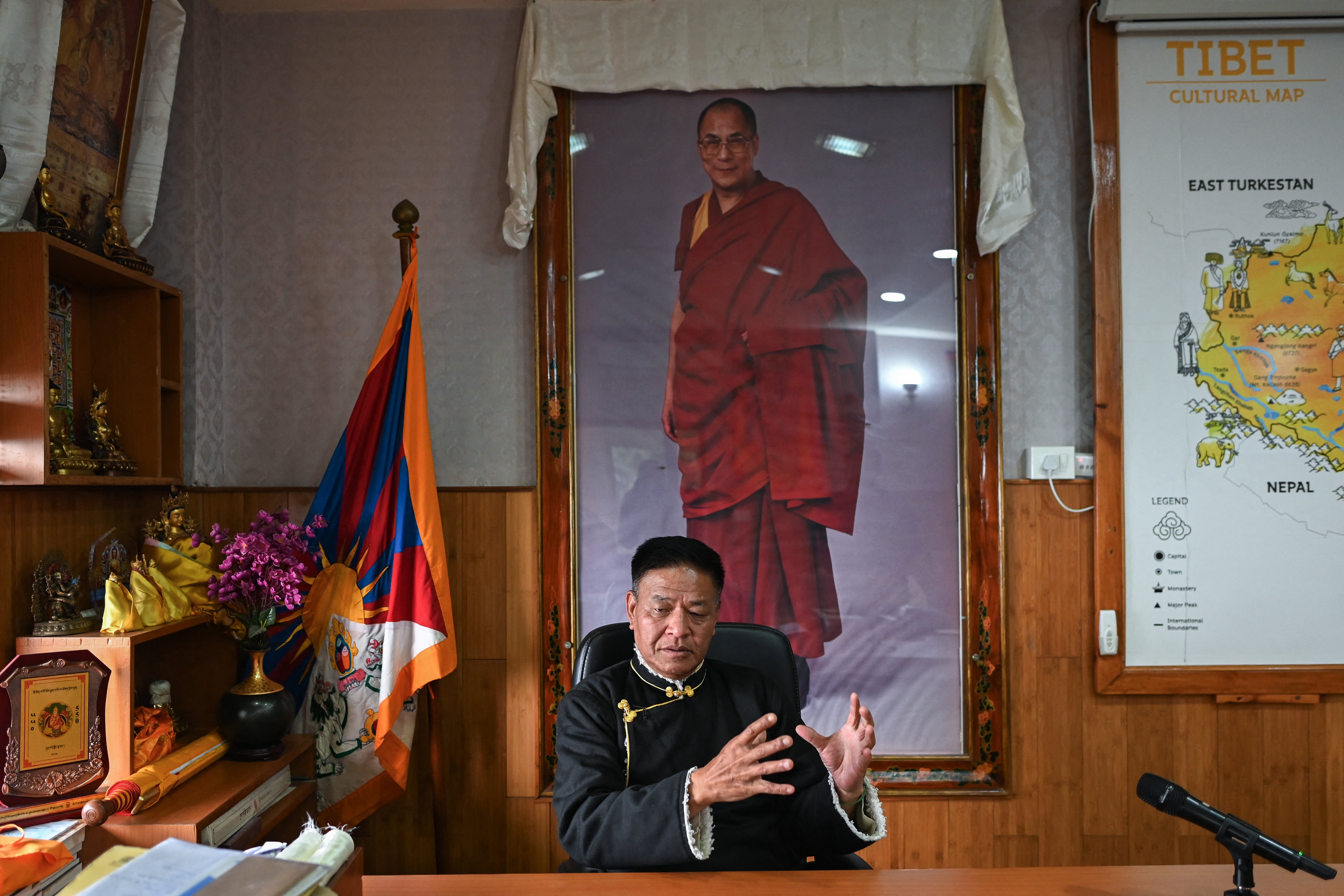
He has warned that any successor chosen by China, which has for years piled pressure on foreign governments to shun him, will not be respected.
Despite his age, and suffering from a number of health problems – he had knee replacement surgery last year – the Dalai Lama continues to receive thousands of visitors and give sermons from his simple throne at a monastery next to his residence, though these have more often been video messages in recent times. Earlier this week, as his birthday was marked in the Tibetan lunar calendar, he bestowed blessings in person on the Hollywood actor Richard Gere, a longtime supporter.
His personal draw and charisma are part of the reason that the prospect of replacing him looms large over this week’s festivities.
“It’s difficult to explain how much of a painful subject it is,” Lhadon Tethong, the director of action group the Tibet Action Institute, tells The Independent. “I think there is overwhelming anxiety, but also just sadness. I think, for Tibetans, it’s sort of like advance heartbreak,” she adds.
The process of identifying the 15th Dalai Lama is likely to be laced with uncertainty, and potentially political upheaval.
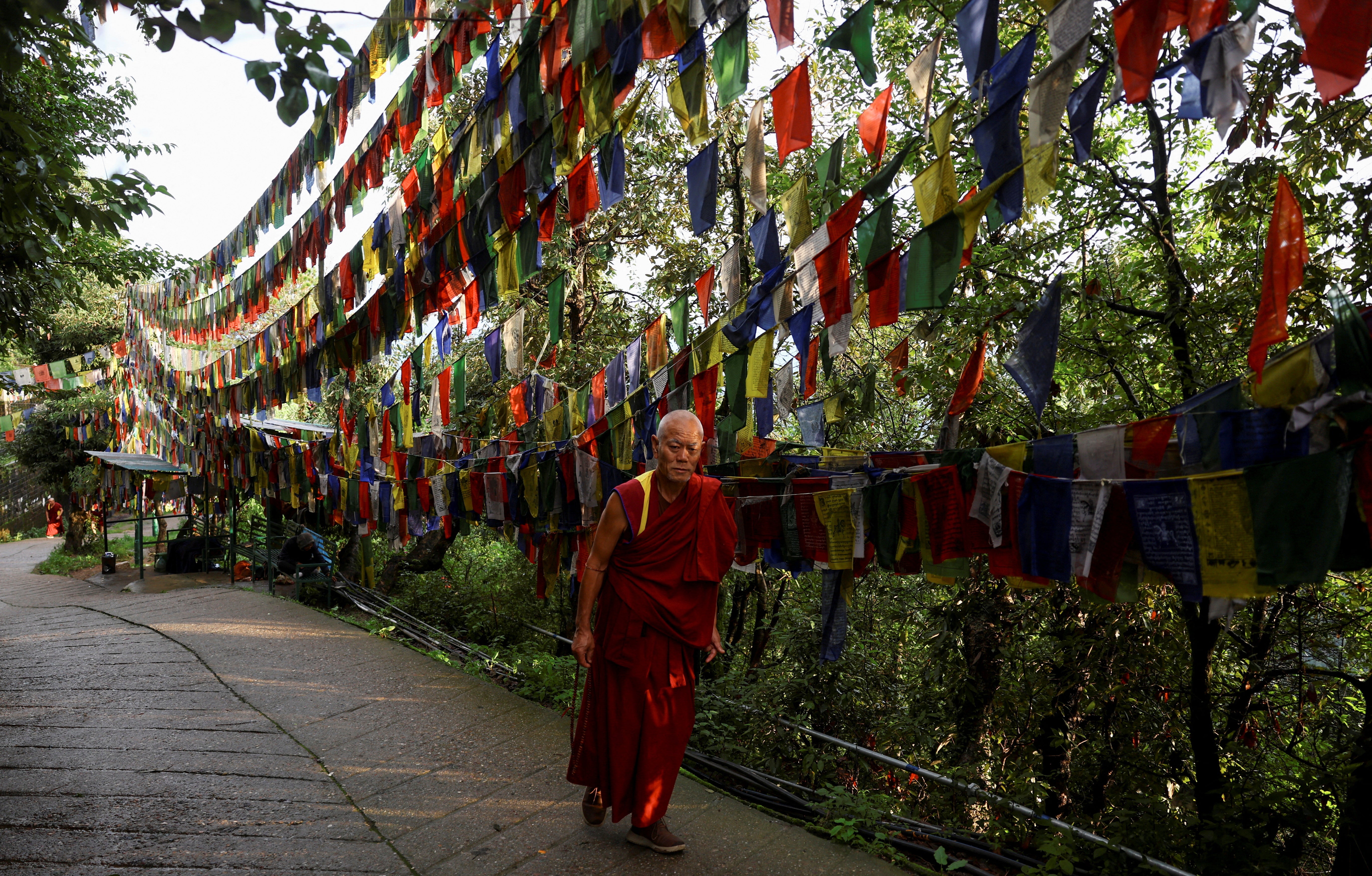
Tsering believes that the risk of a power vacuum while the next Dalai Lama grows up can be “managed” by the political wing of the movement, which has been working for years with the current Dalai Lama to prepare for this eventuality.
Upon the Dalai Lama’s death, there is a 49-day period when his consciousness is considered to be searching for a form, which could be human. After that begins the potentially years-long journey of finding the form that his consciousness is believed to have taken.
The task of finding this reincarnated consciousness rests with an inner circle of monks who attend to the current Dalai Lama. Once they have found a candidate, that inner circle will then ask all other senior monks to gather and give their opinion.
China is expected to try to utilise the Dalai Lama’s death as an opportunity to tighten its grip on Tibet. The Chinese government said on Wednesday that it alone has the authority to approve a candidate as the next Dalai Lama once they have been nominated by religious leaders.
There is precedent for such disputes taking a grim turn. In 1995, a six-year-old boy selected by the current Dalai Lama as the 11th Panchen Lama – the second-highest spiritual position in Tibetan Buddhism – was taken away by Chinese officials and has not been seen since. This year, a Beijing-installed Panchen Lama pledged loyalty to the Chinese Communist Party during a meeting with President Xi.
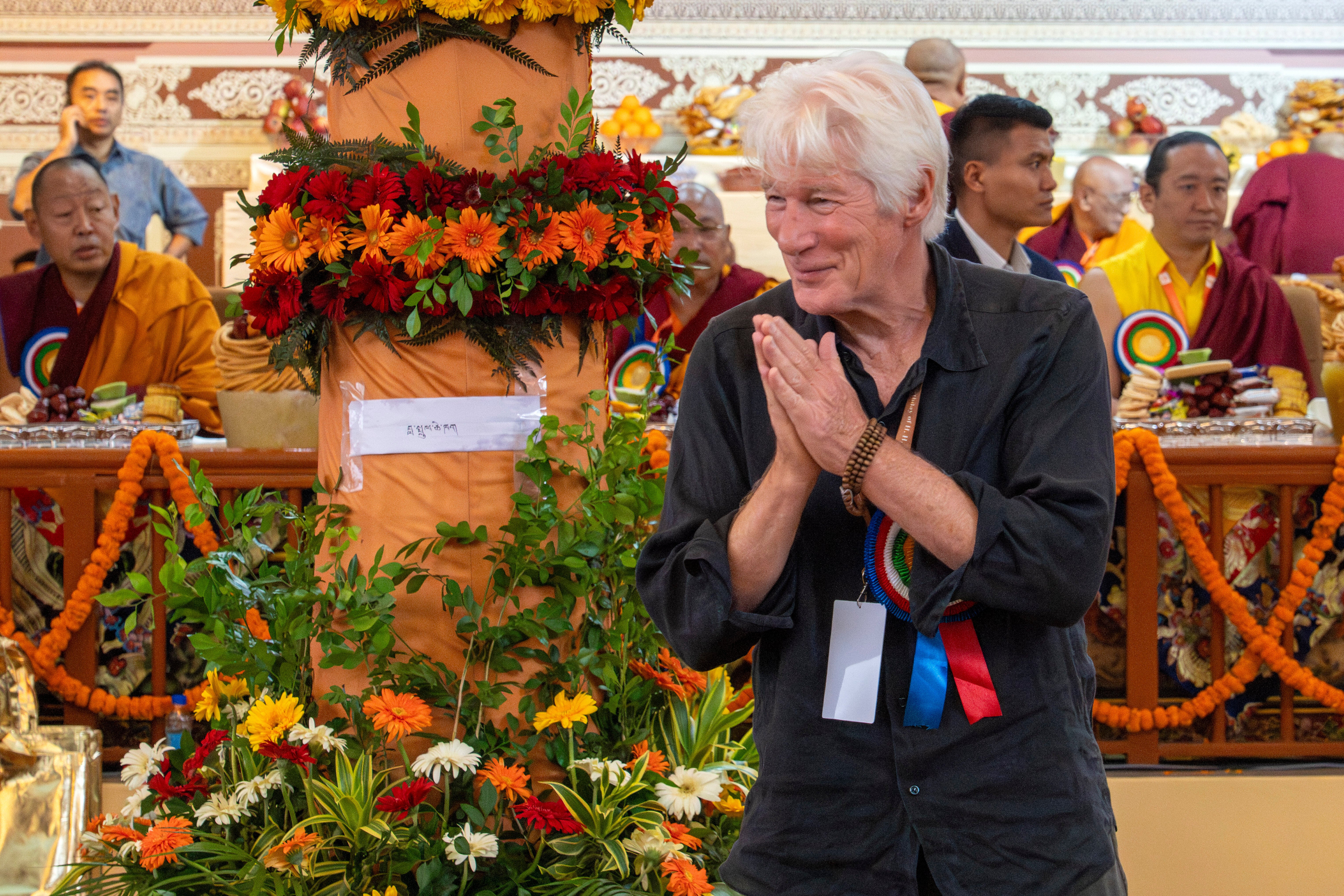
In March, China said the Dalai Lama was a political exile who had “no right to represent the Tibetan people at all”. China has said it is open to discussing his future if he recognises that Tibet is an inalienable part of China, a proposal the Tibetan government-in-exile has rejected.
“The Chinese don’t just want to have a say. They want to decide and force their opinion and decision on us Tibetans,” said Penpa Tsering.
“China has been thinking about the demise of this Dalai Lama for the past 20 years. So when His Holiness says ‘I’m going to live for two decades’, I tell [the Chinese government] ‘This message is for you.’ So we’ll see whether the Communist Party outlives His Holiness or His Holiness outlives the Communist Party.
“And I also tell them, if you look for one Dalai Lama, the Tibetans will definitely look for another Dalai Lama. So I ask them, do you want a lifelong headache or not, with two Dalai Lama?”
The Dalai Lama and Tibetan officials say there is a system in place for the government-in-exile to continue its political work while officers of the Dalai Lama’s Gaden Phodrang Foundation search for, and recognise, the next Dalai Lama. The present Dalai Lama set up the foundation in 2015, and its senior officers include several of his aides.
“I think that’s the key, that he’s always been the leader of our freedom struggle,” says Lhadon. “So however difficult, somehow we’re still here, and that doesn’t just disappear overnight.
“Our people still have some really incredible unity and core resilience, and that also doesn’t just come in one lifetime, surviving as a people in one of the most inhospitable environments on the planet for thousands of years,” she says, adding that the struggle for the Tibetan cause will continue.
As the picturesque streets of Dharamashala don colourful hues for the festivities around the Dalai Lama’s 90th birthday, in Tibet – where displaying the Dalai Lama’s image is banned – celebrations will be far more clandestine, in an effort to avoid Beijing’s wrath.
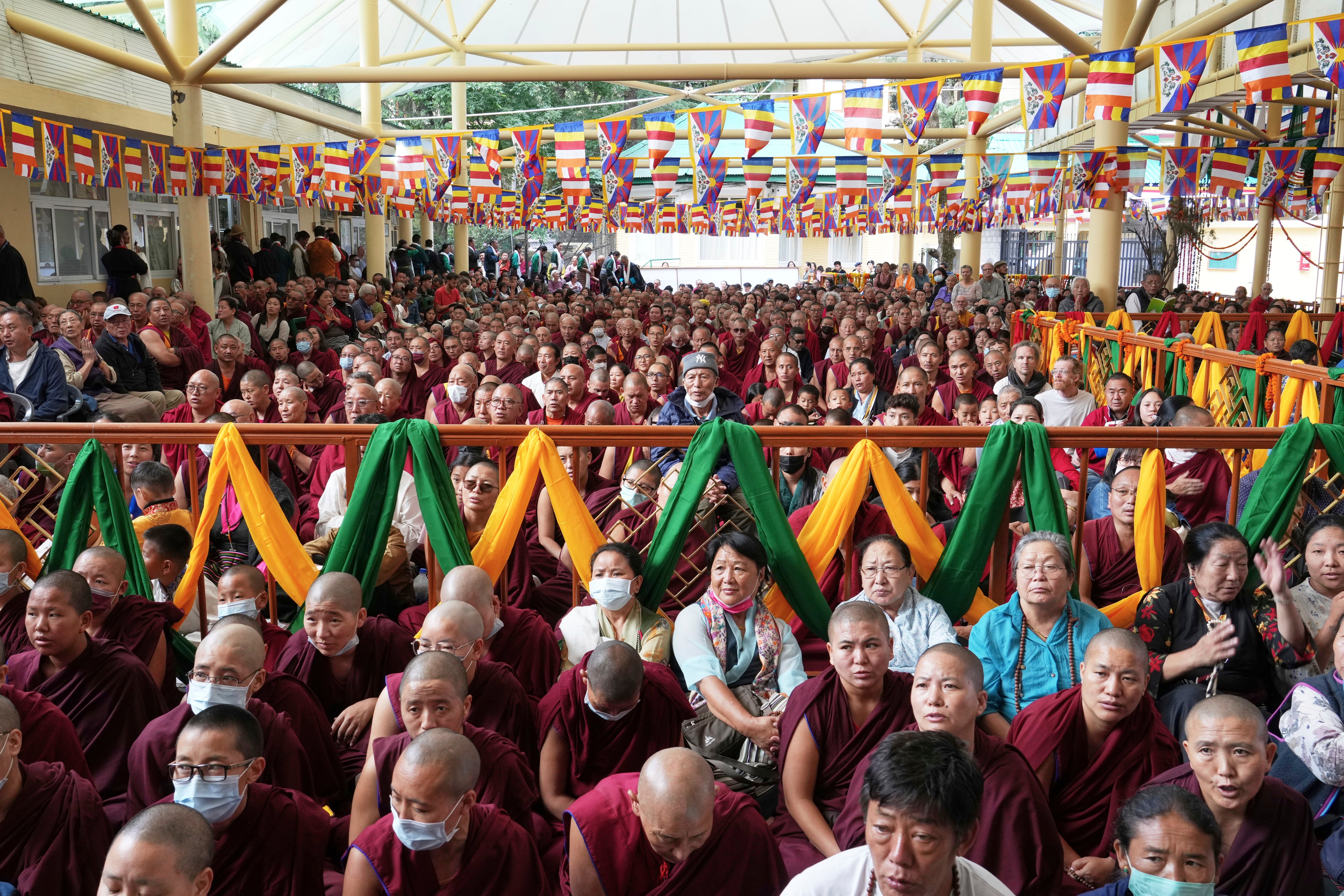
China is notorious for beefing up security and restricting the movement of monks and nuns in Tibet during the Dalai Lama’s birthday celebrations. In the past, dozens have been arrested for partaking in celebrations around this and other Buddhist festivals.
Tibetans have become skilled at marking these important occasions and still showing love, devotion and allegiance to His Holiness, or to the Tibetan struggle, through very quiet acts of resistance, explains Lhadon.
“Tibetans just pray and light incense to mark the occasion. Any visible sign of celebration will trigger arrests,” a Tibetan Buddhist, who did not want to be named, tells The Independent.
The Dalai Lama has said he would like to visit Tibet one last time before he dies, but that he will only do so if it is guaranteed that he can then return to India. The Chinese foreign ministry has said he can visit, but that he would have to then stay in Tibet and “openly recognise that Tibet and Taiwan are inalienable parts of China”.
Given the opportunity, the Dalai Lama would visit China and Tibet, but he could not live there with undue curbs on his freedom, according to Tsering. “If the 14th Dalai Lama has to die in exile, it will be very emotional for Tibetans inside Tibet,” he said, adding that they have been deprived of the opportunity to see their spiritual leader. “I’m not sure whether it will trigger radicalisation inside.
“His Holiness also said, I don’t want to die with Chinese on my bedside. I want to die with Indians, my friends, on my bedside.”
“I wish to see His Holiness in person some day – that will be a blessing,” says the unnamed Buddhist in Tibet. “But that may not be possible for me in this lifetime.”
